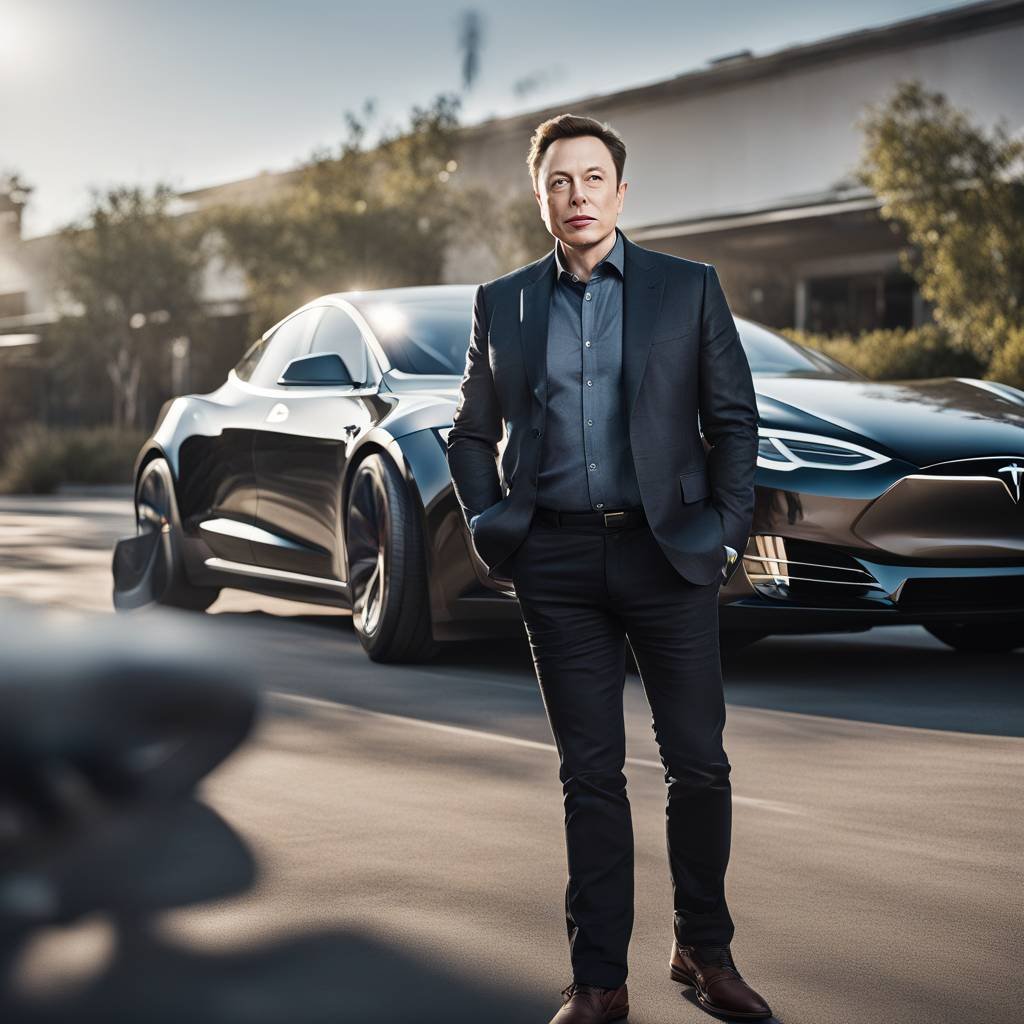Summary
– Tesla announced a 10% reduction in its workforce due to declining sales and stock value
– After an earnings call, Tesla stated it is focused on profitable growth and speeding up development of new vehicles, leading to an 11% increase in after-hours trading
– Elon Musk’s leadership style has shifted from constructive to destructive, causing uncertainty in the company
– Musk’s focus on self-driving vehicles and lack of a new $25,000 model has impacted Tesla’s growth
– Tesla plans to scout locations in India for a manufacturing facility, and Musk’s $50 billion pay package has faced criticism for lack of independence in the board
Article
Tesla’s recent announcement of a 10% reduction in its workforce sparked concerns about Elon Musk’s leadership as the company’s stock value declined. However, during an earnings call, Tesla stated its focus on profitable growth and promised to accelerate the development of new vehicles, leading to an 11% increase in shares in after-hours trading. The company’s success in the transportation electrification market has been fueled by its 100% battery electric approach, along with established financial resources, R&D expenditures, and manufacturing facilities.
Elon Musk’s initial vision of building a sustainable future with Tesla resonated with many as a narrative that bridged the gap between the current state of transportation and the future the company aimed to create. However, Musk’s leadership style has shifted from constructive to destructive, characterized by traits associated with narcissism and a lack of empathy. This shift has led to challenges for Tesla in transitioning from a visionary pioneer to a reliable producer of high-volume cars, negatively impacting employees and the organization’s overall success.
Musk’s leadership style has often leaned towards coercion, as evidenced by past layoffs at Tesla to balance finances and shifts in focus towards uncertain technological advancements like self-driving vehicles. The company’s stagnation may be attributed to Musk’s personal interests taking precedence over discussions of new models that appeal to a mass audience. Despite these challenges, Tesla is planning to explore opportunities in India for manufacturing facilities and auto part purchases, indicating a strategic move to expand its presence in the region amid investor uncertainties.
Tesla’s board faces criticism for its lack of independence and complacency towards Musk’s influence, as evidenced by a Delaware judge ruling Musk’s compensation plan as illegally excessive. The board’s failure to rein in Musk’s leadership style has raised concerns about the company’s governance structure and its ability to navigate challenges in the evolving corporate environment. As Tesla works towards accelerating the launch of new models and expanding its global footprint, the company must address leadership issues and establish a more sustainable and multi-dimensional approach to achieving its organizational goals.
In conclusion, Tesla’s journey from a visionary disruptor to a mainstream automaker is fraught with challenges stemming from Musk’s leadership style and the company’s governance structure. As Tesla navigates a competitive landscape in the EV market and strives to regain momentum, the responsibility falls on its leaders to drive meaningful change and prioritize the well-being of employees and the organization. By addressing concerns related to Musk’s leadership approach, focusing on strategic innovations, and enhancing corporate governance practices, Tesla can position itself for long-term success and sustainability in the evolving automotive industry.
Read the full article here



